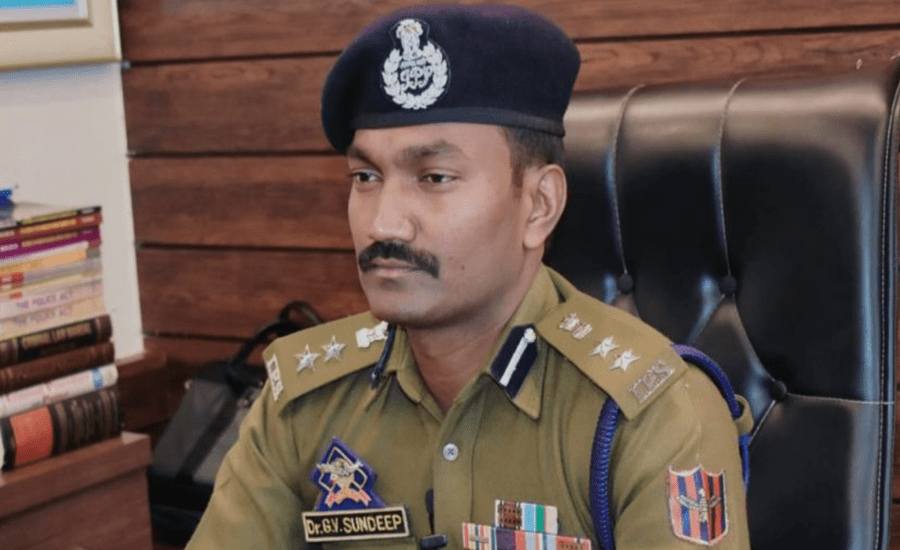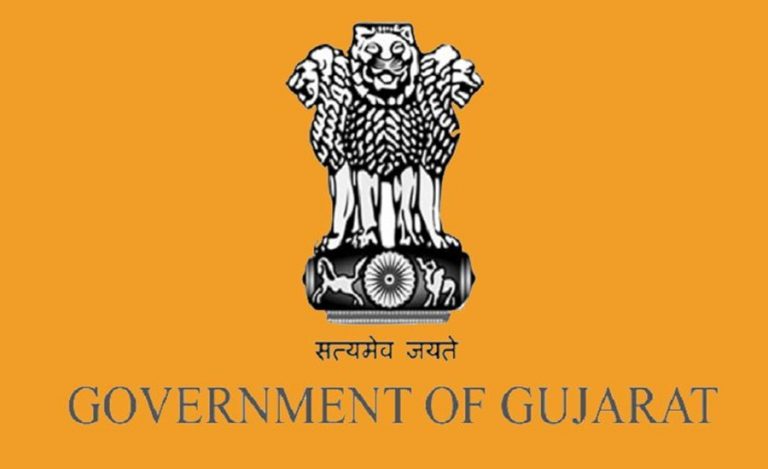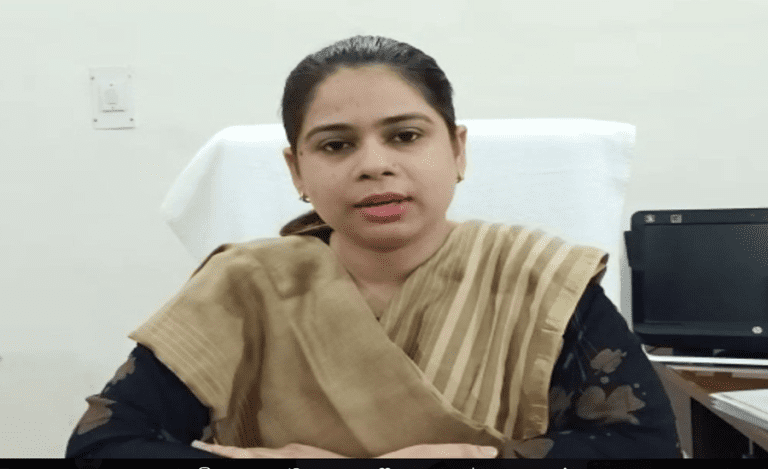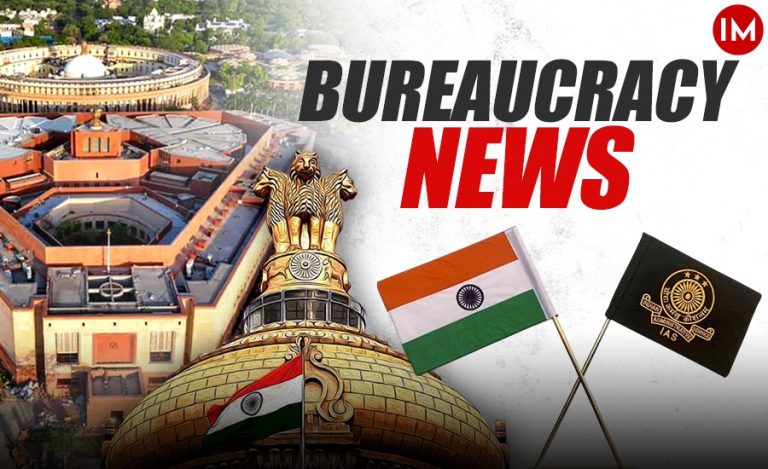A set of mysterious Urdu posters pasted across the walls of Nowgam Bunpiora in Srinagar set off alarm bells for Senior Superintendent of Police (SSP) Dr. GV Sundeep Chakravarthy. While most people dismissed them as routine propaganda, the experienced officer sensed something far more sinister.
The posters, carrying threats from Jaish-e-Mohammed, warned security forces of dire consequences. Acting swiftly, Dr. Chakravarthy ordered a detailed investigation — a decision that would soon unravel one of the largest terror modules spread across multiple Indian states.
The case, registered under the Unlawful Activities (Prevention) Act, the Explosive Substances Act, and the Arms Act at the Nowgam Police Station, marked the beginning of a multi-agency, multi-state operation.
From CCTV Frames to a Multi-State Web of Terror
Investigators painstakingly reviewed CCTV footage and identified three suspects who had pasted the posters. On interrogation, they revealed the name of Moulvi Irfan Ahmad, a Shopian-based imam. A search of his residence and digital devices exposed a disturbing trail — encrypted communications and financial links to a larger network of extremists operating under the guise of medical professionals.
Working on this breakthrough, Dr. Chakravarthy’s team arrested Dr. Muzammil Ahmad Ganaie, a Pulwama-based doctor working at a Faridabad medical college. The subsequent discovery of explosives, arms, and incriminating documents led to the unearthing of a larger conspiracy — one that involved doctors and academics masquerading as healers while fueling terror.
The Red Fort Blast That Shocked the Nation
The trail of evidence reached Delhi when a massive explosion occurred near the Red Fort Metro station, shaking the national capital. The blast was later traced to Dr. Umar, a key member of the terror cell, who fled Faridabad just hours before the explosion. He was found to be in direct contact with Ms. Shaheen Sared, a female commander of Jaish-e-Mohammed.
The Delhi Police, in coordination with Jammu and Kashmir and Haryana Police, launched a joint operation under Dr. Chakravarthy’s guidance. Over the next few days, approximately 2,900 kilograms of explosives, AK-series rifles, and bomb-making materials were seized from Faridabad and adjoining areas.
The network, operating under the name White Coat Terror Module, had managed to infiltrate key sectors under the pretense of healthcare and charity.
Doctor by Training, Protector by Duty
Born in Kurnool, Andhra Pradesh, Dr. GV Sundeep Chakravarthy hails from a family of medical professionals. His father, Dr. G.V. Rama Gopal Rao, served as a government doctor, and his mother, Ms. P.C. Rangamma, is associated with the State Health Department.
A qualified medical doctor, Dr. Chakravarthy’s early career was rooted in community service and public health. However, his desire to serve the nation more directly led him to join the Indian Police Service in 2014. His medical background later became his biggest strength, allowing him to bring scientific precision, data-driven analysis, and emotional intelligence into law enforcement.
Career Milestones and Strategic Leadership
Dr. Chakravarthy’s policing career has spanned some of the most sensitive districts of Jammu and Kashmir:
- SDPO Uri and Sopore – Managed counter-insurgency operations in conflict zones.
- SP Operations Baramulla – Oversaw anti-terror operations and strengthened police-community relations.
- SP South Srinagar, SP Handwara, SSP Kupwara, SSP Kulgam, SSP Anantnag – Commanded critical districts marked by insurgency challenges.
- AIG (Civil) Police Headquarters – Focused on internal police reforms, discipline, and vigilance.
He has been conferred with the President’s Police Medal for Gallantry six times and the Jammu and Kashmir Police Medal for Gallantry four times, an extraordinary feat reflecting his consistent operational excellence.
Colleagues often describe him as an “operations specialist” — a leader who fuses tactical brilliance with empathy. His dual expertise in medicine and policing has redefined investigative methodology, particularly in terror-related cases involving chemical, biological, and explosive materials.
How a Poster Became a Policy Lesson
Dr. Chakravarthy’s handling of the Nowgam poster case has since been cited in police training circles as a case study on preventive vigilance. His philosophy — “Never underestimate a small threat” — now forms part of counter-terrorism discussions within the Ministry of Home Affairs and police academies.
Through seamless coordination among state forces, digital forensics, and human intelligence, Dr. Chakravarthy demonstrated how decentralized policing, when guided by a scientific and strategic mindset, can pre-empt large-scale national threats.
Impact Beyond Policing: Governance and Public Confidence
The successful busting of the White Coat Terror Module has not only reinforced the credibility of Indian security agencies but also revitalized public confidence in institutional vigilance. It has led to new inter-state coordination mechanisms, improved forensic integration, and stronger monitoring of professional institutions susceptible to extremist misuse.
In bureaucratic circles, Dr. Chakravarthy is now seen as part of a new generation of officers blending academic intellect with field resilience — a model officer embodying the “science of service.”
India’s Doctor-IPS: A Beacon of Courage and Compassion
Today, across Delhi, Faridabad, and Kashmir, citizens refer to him respectfully as “Doctor IPS.” His career embodies a rare synthesis of knowledge and valor, reminding the nation that intelligence, vigilance, and humanity together can dismantle even the most complex threats.
Dr. Chakravarthy’s story is not merely about catching terrorists — it is about reimagining governance, where science, sincerity, and service unite to protect India’s heartbeat.



























